If we were to ask a hundred people what work actually is and means to them, we would almost certainly get a hundred more or less different answers – astonishing for such an everyday thing that billions of people do every day. But our understanding of work resembles a complex web made up of the most diverse factors and experiences. General circumstances such as cultural, economic and social conditions are reflected in it just as much as personal life situations, goals, hopes and, not least, ideas about what it means to make a contribution to society. However it is defined, a good job contributes significantly to stability in our lives and places us in a social context.
Work is therefore an essential aspect by which we define ourselves as human beings, and it is therefore not surprising that major upheavals such as the digital transformation represent a community challenge. It impacts us on many levels: From concrete transformations that are immediately noticeable in our own work environment to general, ethical issues. So what might work look like in the future? And how can we work together to make the future as fair as possible for everyone?
The Ars Electronica Festival, under the theme “A New Digital Deal,” is approaching these issues with a variety of formats – from interdisciplinary projects to interactive exhibitions to exciting concerts. Here is a small excerpt of the projects that deal with the topic “The Future Of Work”.
Project for Next Cultural Producer Incubation Program.
The Japanese Government’s Cultural Affairs Agency and Ars Electronica will initiate a very special training program in Linz, Austria in 2021. During a six-month residency, participants will have the opportunity to experience the many facets of Ars Electronica. How can we train “Next Cultural Producers” who are able to transcend existing frameworks, inspire people to discuss and create new frameworks with visions? Since Ars Electronica is a unique institute with its own creative ecosystem, participants will interact between the following four different departments to learn about the impact of art on society, education, technology, science, industry and citizens. The residency is therefore much more than just a behind-the-scenes look at organization, research, and production – it is where skills are taught for the next generation of curators and cultural producers. The focus is on trying out new concepts of interdisciplinary collaboration. Maaya Makino is a participant in 2021 and, with the support of the Ars Electronica Center team, offers an online hybrid workshop for Japanese high school students*.

This year’s themed exhibition “Digital && Life,” at JKU Linz’s Keplers Gardens, explores the many different forms that the relationship between the digital and all areas of life can take.
1HWork
1HWork asks: what does fair social and technological knowledge transfer look like and how can this be attractively linked to the value of work? Creative collaborative production needs a fair model of synchronization, hierarchy, and compensation, and should be cool about it. The artists are giving the production operating system an update, inscribing an immutable value on work, and opening up multiple spaces of possibility for value creation. The 1HWork Index ΚΔ is blockchain based, feeds from numerous databases, and aims to promote a fairer reward for work. With the CO฿IE to it in the wallet, one can then redeem rapid prototyping – machine hours, workshop time – expert hours and/or re-use components. The prototypes for this: arteQ as an art NFT community as well as a new recruiting platform developed in the social design process that matches the strengths of workers with the needs of companies in the job search.
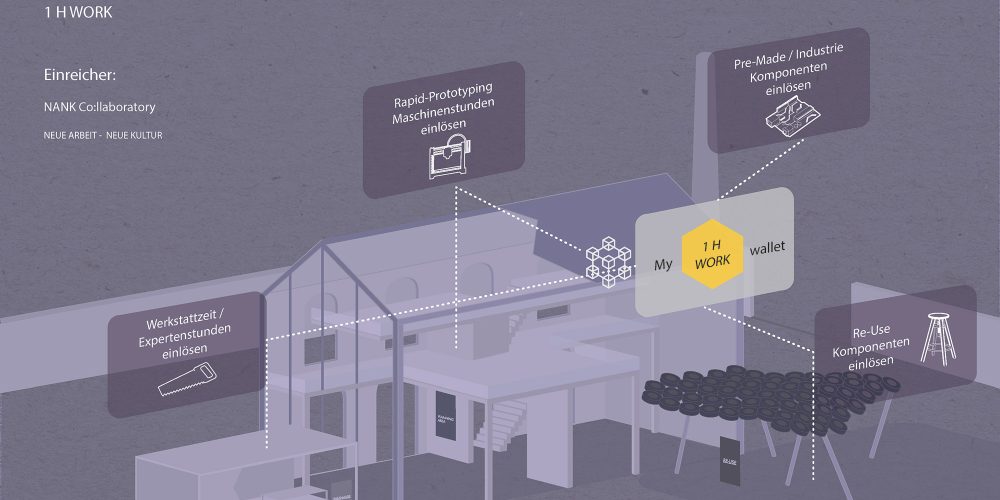
Eurus
Eurus is an emergency ventilator system that uses readily available medical supplies in combination with an open-source electronic module that hospital physicians can use when there is a shortage of ventilators. It provides controlled and supportive/controlled emergency ventilation to improve the survival of patients at risk for COVID-19. The design automates a manual resuscitation bag (resuscitation bag) that is compressed by a blood pressure cuff activated by the medical air and vacuum ports in each patient room of the hospital.
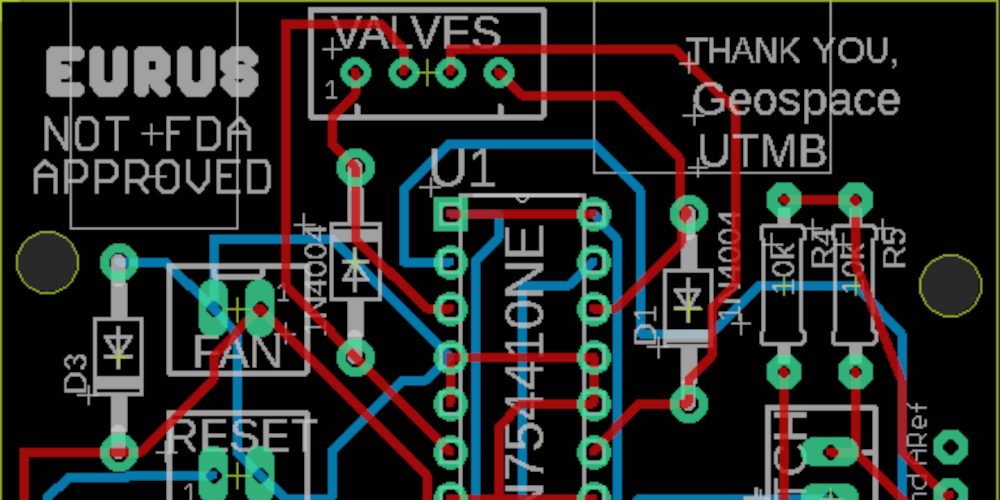
!Cartesian Shell.
In 2020, the !brute_force installation served as a stage for artist Maja Smrekar and her canine companions to climb on while artificial intelligence algorithms analyzed their breathing, body temperature and heartbeat. The data was collected in a cloud and used as the basis for developing a soft robot in 2021 with mesh-reinforced silicone that uses compressed air to morph and deform from a flat 2D surface into ever-changing three-dimensional organic abstract shapes. Its dynamic movement behavior reactivates spatio-temporal patterns that emerge from the entangled but isolated human to non-human collaborative performance.
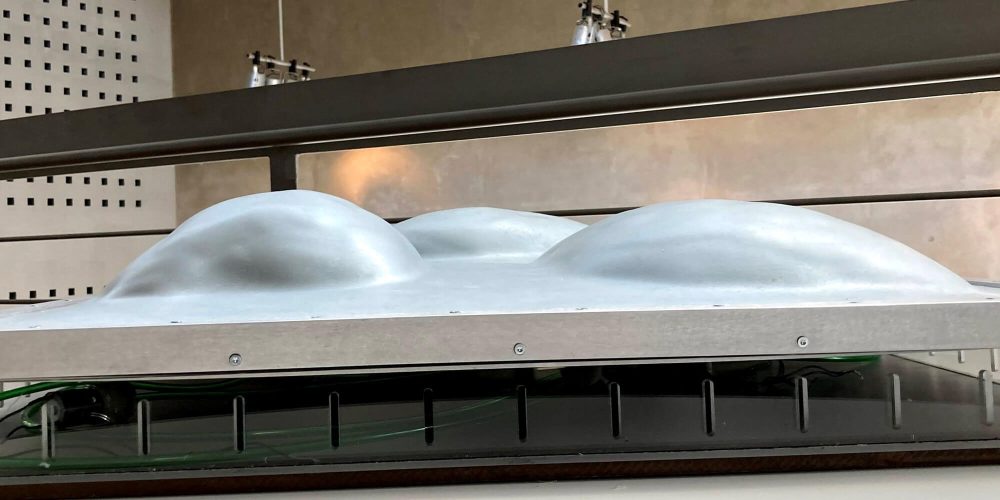
Infinite Nows features student projects from the Interaction Design (IAD) department at the Zurich University of the Arts (ZHdK). The exhibition addresses a range of topics including cross-species interaction, self-awareness in deepfakes, inclusive voting systems, antisocial media platforms, and other interactive technologies that create moments of sharing, presence, and caring.
T-kit
T-kit uses a series of interactive objects to present a discourse on noise, communication, and the perception of time in the workspace. Through a playful and tangible experience, the workplace is reinterpreted.
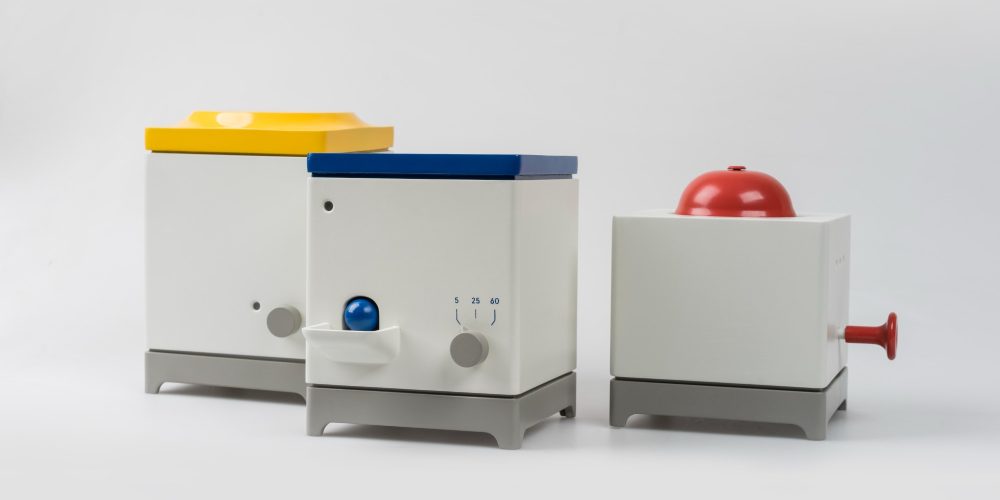
RESCUE – post-industrial dynamics.
RESCUE – regeneration of disused industrial sites through creativity in Europe is an EU co-funded cooperation project between Italy, Slovenia, Germany and Austria. “RESCUE – post-industrial dynamics” by and with Rupert Huber, Zahra Mani, Balasz Pandi and Mia Zabelka is a world premiere in the framework of Rescue during the big concert night at Kepler Hall. Live, the result is a sonic exploration of possible futures for post-industrial worlds. These visions of the future are both hopeful and bleak – new post-pandemic notions of work and survival collide with dystopian imaginings, spatial fragmentation, and enforced distance

A few hundred meters as the crow flies away, located directly on the Danube, is the Ars Electronica Center, where an entire exhibition is devoted to “The Future of Work.” The cooperative exhibition between the Chamber of Labor of Upper Austria and Ars Electronica Working in and on the Future addresses this topic in four areas. In the foyer, you can discover exciting info on the fields of Work and Digital Transformation, in the areas of Cooperative Working: Of People and Machines (UG 3), Tools of the Future (UG 1) and Humanizing Technology (OG 2 & UG3) you can explore specific issues and applied examples. Meanwhile, Deep Space 8K will feature the art project #rachaelisnotreal by the AI Rachael. This has been generating a work of art every day since May 2020 and publishing them on the social media platform Instagram. Without human intervention, the AI has been continuing its work ever since. The AI is programmed to create images that appeal to the tastes of as many people as possible.
Since its inception, Ars Electronica has worked continuously to build a vibrant community. Over the years, this has developed into an extensive network of artists, activists, scientists, institutions, political decision-makers and other interested individuals. These team efforts gave rise to the Festival Community Projects, a concept that aims to bring together partner gardens from around the world in a variety of events.
AVATAR ROBOT CAFE DAWN ver.β.
One of these Festival Community Projects is the Avatar Robot Cafe, a social implementation project to develop “OriHime, “an avatar robot that can be operated by people with limited mobility and supports people with disabilities to have jobs. Issues and solutions for a society where employing people with disabilities is not enough will be presented. Join us for the demonstration and learn more about the cafe and its cause. At this point we’d like to highlight a partner that not only provides us with computers and screens, but also fits in well with the festival’s focus and our concerns: Ars Electronica has been provided with IT equipment by AfB – Work for People with Disabilities – since 2019. It’s not just the employment of people with disabilities that makes AfB unique, but also the sustainable focus of the company. AfB specializes in the reuse of discarded equipment from various IT operations. The equipment is inventoried, certifiably wiped, tested, cleaned and re-marketed with a 1-year warranty. With the help of this strategy, the company has ensured that the raw material segregation of IT tools in Third World countries, which endangers the environment and people, has been curbed.
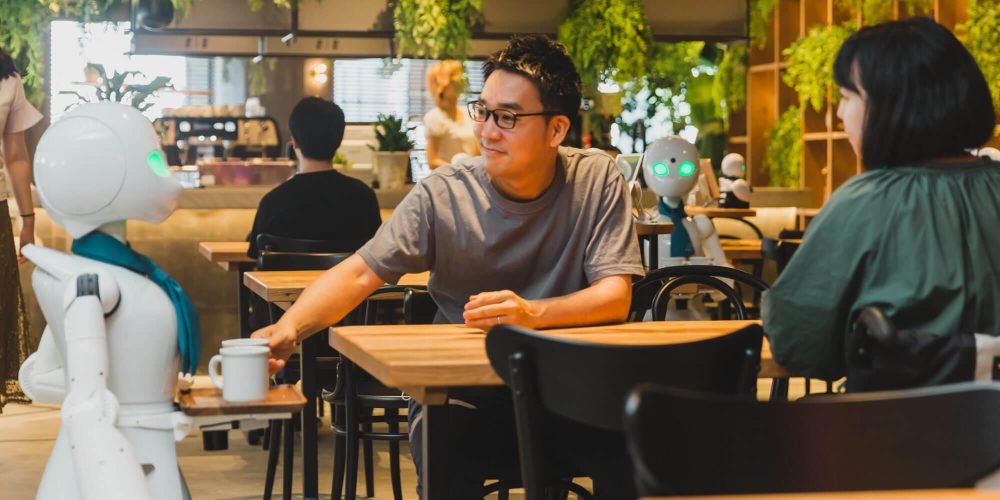
You can read more about the Ars Electronica Festival on an ongoing basis here on our blog, on the website, and on our social media channels – on Facebook, Instagram, Twitter and LinkedIn.